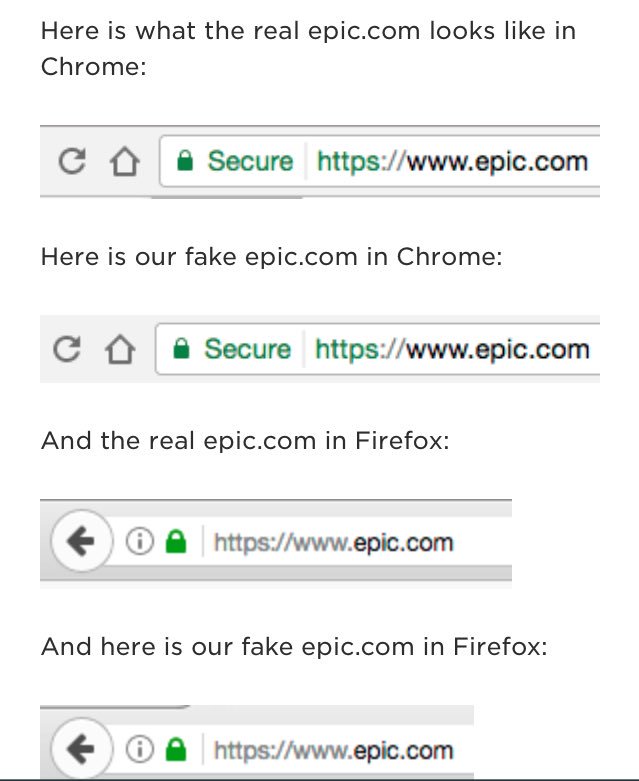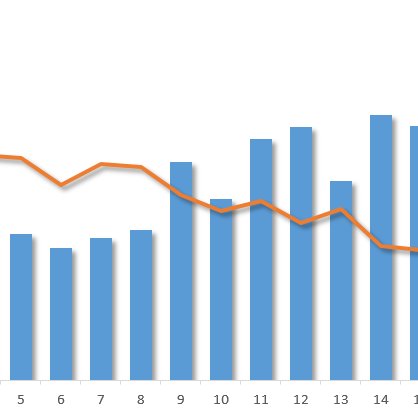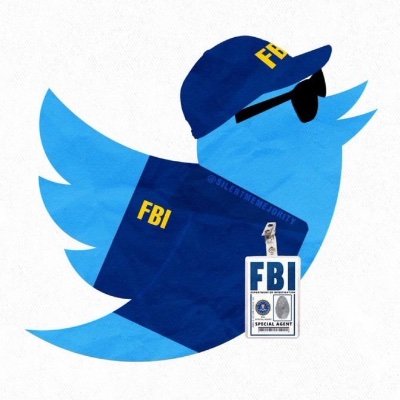Can you tell which is phishing? You can't. That's the problem with Unicode look-a-like character substitution. wordfence.com/blog/2017/04/c…
@_mwc Wow, this is dangerous. 100% identical, there is no way to differentiate the 2 by looking at the address bar.
@_mwc @josephfcox Quite easily, if using Firefox. 1) Just hovering over the padlock I can see that one of the certs is from Let's Encrypt, not from Epic.
@_mwc Glad Firefox stepped up. Fix coming @googlechrome ? I glance at the address bar a lot in order to confirm legitimacy. Ouch
@_mwc @timpastoor Brave browser handles it correctly with еріс.com
@_mwc This will help if (window.location.hostname.includes("xn--"))alert("Phishing Alert!");
@_mwc @darkfelex And here how it looks like in @vivaldibrowser
@_mwc @JacobclResch You can, with a little bit of help :) chrome.google.com/webstore/detai…
@_mwc @hashbreaker warned us about these attacks back in 2002. cr.yp.to/djbdns/idn.html
@_mwc I briefly did a project for Microsoft that measured the similarity of all Unicode characters to ascii and checked for phishy bing domains.
@_mwc @bjschrijver This is gold. I wish chrome and firefox guys never fix it.
@_mwc URL should be hashed and mapped to a colour in the URL bar
@_mwc @timpastoor Luckily in FF it is easy to fix. Thanks for sharing!
@_mwc Nice demo. Is there a Mozilla ticket open yet?
@_mwc @FioraAeterna You can't just disable IDN though because that causes problems for speakers of languages with non-Latin scripts.
@_mwc Interesting... Android Twitter app browser has a different font for Unicode domains.
@_mwc That "xn" was always a trouble maker ... wordfence.com/blog/2017/04/c…
@_mwc Yes, a chrome extension can! ;) github.com/heliocorreia/p…
@_mwc @YourAnonNews Chrome mobile in its current state shows the actual url when you click and hold
@_mwc @martingeddes #CyberSecurity bugs created at bigger & faster rates than their fixes?











































